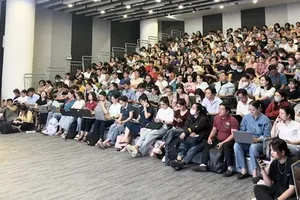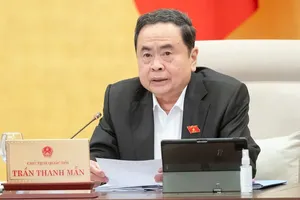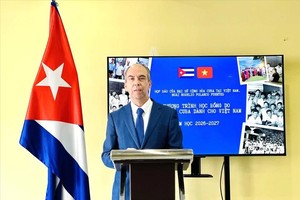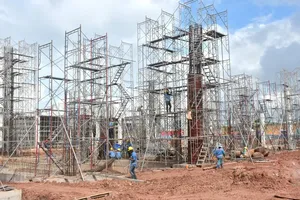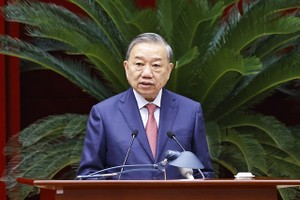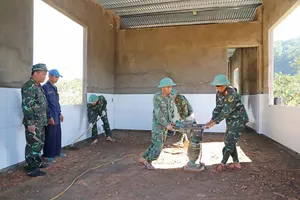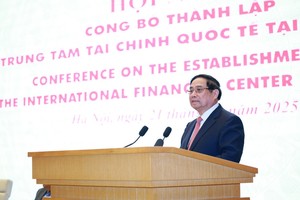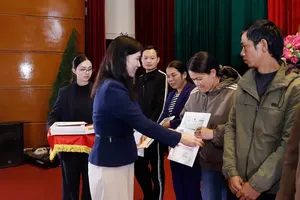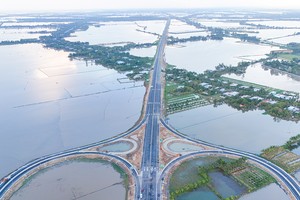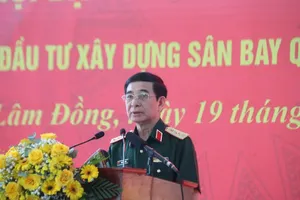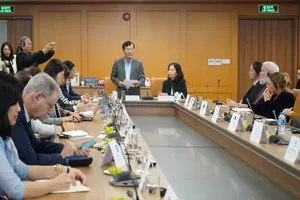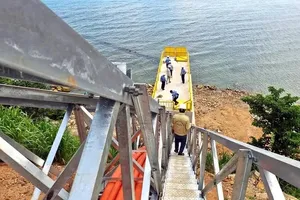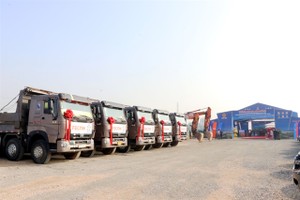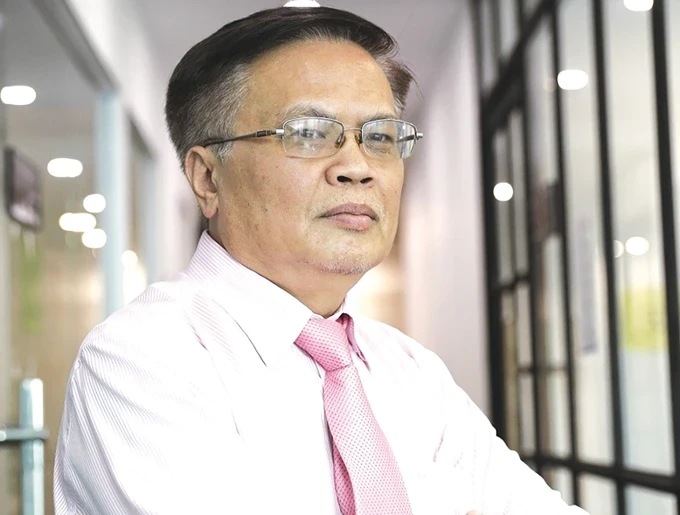
Statistics of the Planning and Investment Ministry reveal that until June 30, the disbursement amount for public investment only reached VND196.7 trillion (US$7.74 billion), accounting for a little below 30 percent of the target set by the Prime Minister.
Commenting on this figure, Dr Nguyen Dinh Cung first reminded that both the absolute amount of disbursed capital and the disbursement rate are lower than the same period last year, even though the total public investment this year is much lower than last year (around VND657 trillion ($25.86 billion) in 2024 as opposed to VND710 trillion ($27.9 billion) in 2023).
While some ministries, state agencies, and localities have good disbursement rates, there are still many with low ones. The disbursement rate of important national, key traffic, and inter-regional projects managed by localities is also not as expected. In the first 6 months of the year, 15 out of 44 ministries and central agencies, along with 33 out of 63 localities, have lower disbursement rates than this time last year.
Even HCMC’s disbursement capital is VND4.6 trillion ($181.2 million) lower, reaching over 14 percent, which as Chairman of the HCMC People's Committee Phan Van Mai frankly assessed is "very low and does not meet the set plan”.
Dr Cung then pointed out some reasons for this tardiness in public investment disbursement. Implementing large projects using the budget is never easy. In a report to the Prime Minister, some localities, especially in the Mekong Delta region, informed of recent subsidence, landslides of traffic routes, and water shortages on canals, causing difficulties in transportation of materials, affecting the progress of construction projects.
However, there do be some localities which have excellently finished their disbursement goals. In HCMC, for instance, eight districts have been praised on this matter, the most prominent of which was Go Vap District with its rate of 99 percent. This means that with suitable measures and high sense of responsibility from local leaders, the target is achievable.
Dr Cung then proposed some solutions to accelerate the disbursement rate for the last six months of this year.
To address the shortage of fill materials for key projects, Prime Minister Pham Minh Chinh has sent a task force of his Office to the Mekong Delta region. Meanwhile, Deputy Prime Minister Tran Hong Ha also chaired a conference to resolve the material bottlenecks for key traffic projects in the southern region, where leaders of many related localities pledged to remove the bottleneck of fill materials.
Vice Chairman of the Tien Giang Province People's Committee Le Van Trong said that he would continue to assign businesses that had previously been licensed to explore and exploit sand mines to resume operations while adjusting the planning to increase the licensing capacity for river sand exploitation in the 2021-2030 period from 4.5 million m³/year to 9 million m³/year.
Vinh Long Province affirmed that they would ensure the supply of sand for the HCMC Ring Road 3 project is on schedule and carry out procedures to grant sufficient reserves for the Can Tho - Hau Giang and Hau Giang - Ca Mau expressway projects.
On their part, ministries, state agencies, and localities need to expedite the completion of investment procedures and project bidding; develop and strictly follow disbursement plans; assign the persons to be responsible for the progress of implementation and disbursement for each project; review and adjust the capital plan from slow-disbursed projects to well-disbursed projects.
The upcoming online national conference for measures to boost public investment disbursement on July 17 is expected to present additional and drastic solutions for this issue.
Answering the questions about the effectiveness of already proposed measures and the determination of people implementing them, Dr Cung admitted that it is necessary to introduce more stringent regulations to overcome the situation of officials avoiding or evading work, fearing mistakes or responsibility, and not fully fulfilling their duties and powers according to their authority.
Assigning specific state leaders to be responsible for project progress and disbursement is a must, along with actively reviewing and adjusting the capital plan from slow-disbursed projects to well-disbursed projects.
Finally, it is pivotal to accelerate site clearance; remove difficulties in licensing quarries and exploiting stone, sand, and soil materials; control the price and quality of construction materials; monthly update and adjust the public announcement of construction material prices, construction cost indices, in line with market developments.


